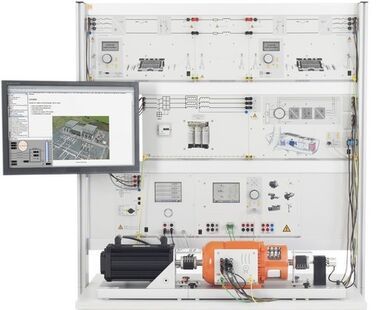EWG 1.3 Wind turbines with high-voltage direct current transmission (HVDC)
EWG 1.3 Wind turbines with high-voltage direct current transmission (HVDC)

Sustainable power transmission for the efficient and reliable energy grids of the future
High-voltage DC power transmission is a method of transmitting electrical energy by means of high DC voltage. High-voltage technology (HVDC) is designed to exploit direct current as a means to transmit power over long distances since above certain longer distances the high-voltage DC transmission features lower overall power losses than is the case for conventional transmission using three-phase AC power, despite the additional converter losses. High-voltage DC transmission is frequently used for power transmission over comparably short distances if the power transmission cable has been designed with a very high degree of capacitance per unit length. This is typically the case with submarine cables but also underground terrestrial cables. Another application is DC short-circuit coupling, which is used for direct electrical power exchange between three-phase AC networks that are not operated at synchronous network frequency to each other.
Training content
- Control of intermediate circuit (link) voltage
- Provision of reactive power but with no effect on the flow of active power (STATCOM)
- Manual and automatic synchronisation with the electric power grid
- Control of HVDC reactive power with modification to the flow power
- Individual control of reactive power for both converter stations
- Observation of losses for various lengths of HVDC lines
- Provision of a power network with passive consumers by means of HVDC (black start)
- Coupling of wind turbines